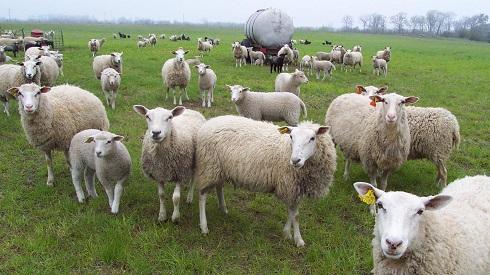Agriculture
The highest proportion of riverine anthropogenic diffuse nutrient load in the Baltic Sea region is observed in catchment areas with intensive agriculture and a large number of scattered dwellings. In the atmospheric emissions and deposition of nitrogen, the proportion of ammonia emissions from agriculture, e.g. manure management and livestock housing, has increased.
Agriculture is a major source of nutrient inputs to the Baltic Sea, contributing to over 70-90% of nitrogen and 60-80% of phosphorus diffuse loads and almost half of total waterborne inputs to the sea. Eutrophication is one of the main threats to the biodiversity of the Baltic Sea, caused by excessive inputs of nutrients to the marine environment. Diffuse loading makes reducing nutrient loads from agriculture more complicated than cutting loads from easier manageable point sources. There is also a considerable time lag between the implementation of measures and visible effects in water bodies.
Agriculture is one of the core areas of HELCOM operations. The major reductions of nutrient inputs from farming, as well as the introduction of measures to curtail phosphorus and nitrogen losses, are both stipulated in the Baltic Sea Action Plan (2007, revised in 2021) and the Baltic Sea Regional Nutrient Strategy (2021).

Groups and Projects
HELCOM Working Group on Source to Sea Management of Nutrients and Hazardous Substances and Sustainable Agricultural Practices (WG Source to sea)
CiNURGi project – Circular Nutrients for a Sustainable Baltic Sea Region (2023-2026)
